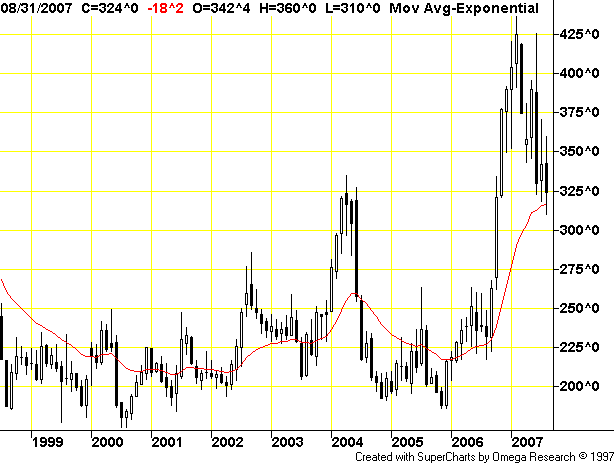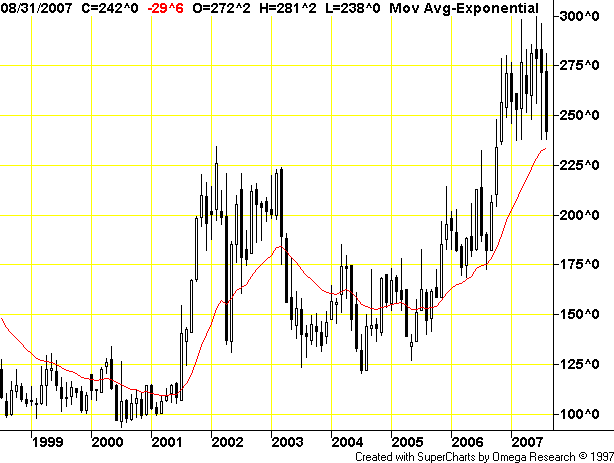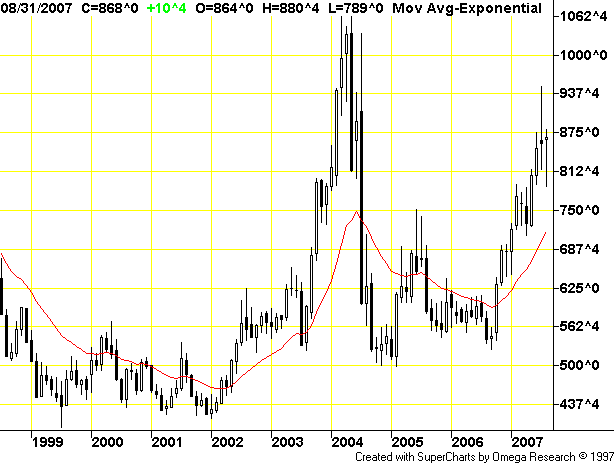In the past, such increases have been caused by temporary supply disruptions. Following a poor harvest, farmers would rush to capitalize on higher crop prices by planting more of that crop the next season, sending prices back down. But the current rally, which started a year ago in the corn-futures trading pit at the Chicago Board of Trade, is different.
Not only have prices remained high, but the rally has swept up other commodities such as barley, sorghum, eggs, cheese, oats, rice, peas, sunflower and lentils. In Georgia, the nation's No. 1 poultry-producing state, slaughterhouses are charging a record wholesale price for three-pound chickens, up 15% from a year ago.
What's changed is that powerful new sources of demand are emerging. In addition to U.S. government incentives that encourage businesses to turn corn and soybeans into motor fuel, the growing economies of Asia and Latin America are enabling hundreds of millions of people to spend more on food. A growing middle class in these regions is eating more meat and milk, which in turn is increasing demand for grain to feed livestock. In the U.S., a beef cow has to eat roughly six pounds of grain to put on a pound of weight, and a hog about four pounds.
This is an incredibly important story for several reason.
1.) It highlights how incredibly ridicules the Fed's "core inflation targeting is. The Fed's theory as to why core inflation is important is highlighted in the first paragraph. However, the real reason for the run-up -- which should be the Fed's stance -- is highlighted in the third paragraph. Demand for basic commodities is increasing, which is going to drive up prices for a long time. Hence, core inflation targeting is the dead-wrong inflation policy for the Fed to be targeting.
2.) Consumer spending. As food prices increase food expenditures take more money out of take home pay. This decreases the amount that consumers can spend on other goods and services. Considering consumer spending is responsible for 70% of the US' GDP growth, this has profound implications.
Here are some futures charts. Notice they are all trending up.
Corn:

Oats:

Soybeans:

Wheat:

And notice how higher agricultural prices are bleeding into livestock prices:

My biggest fear is the Federal Reserve is going to miss this boat entirely which has terrible policy implications for the US.